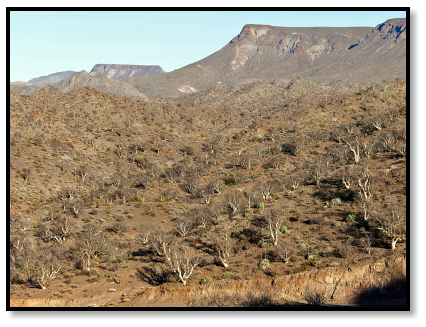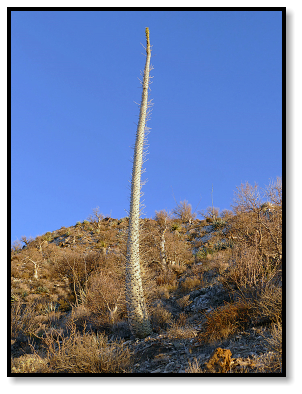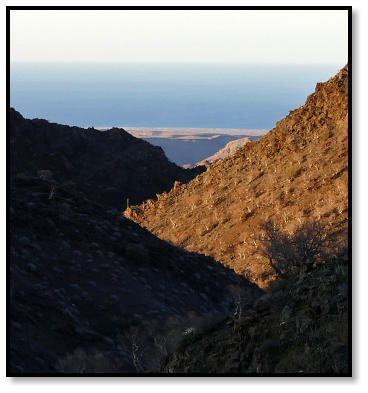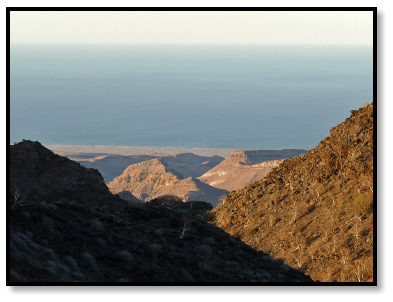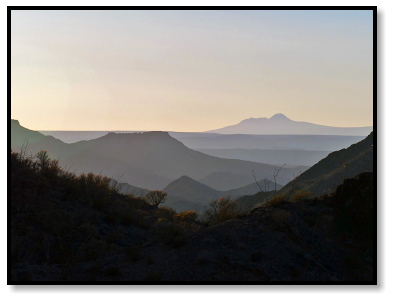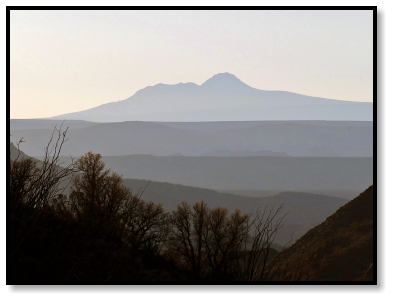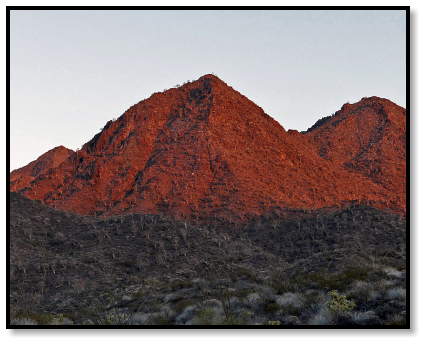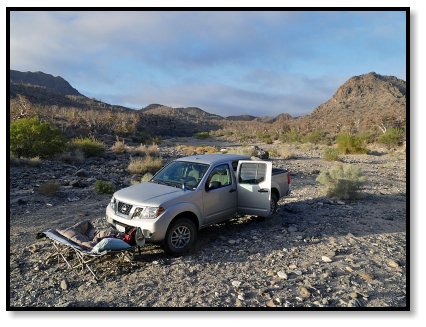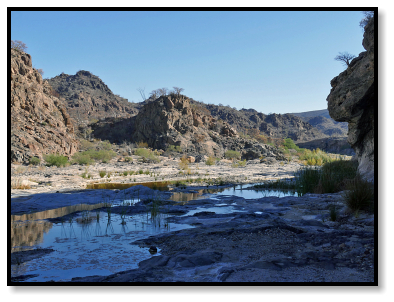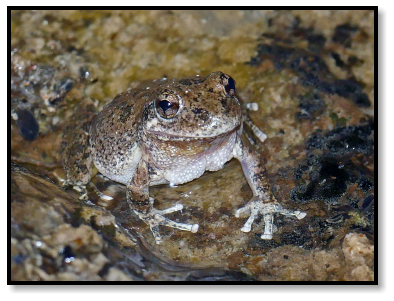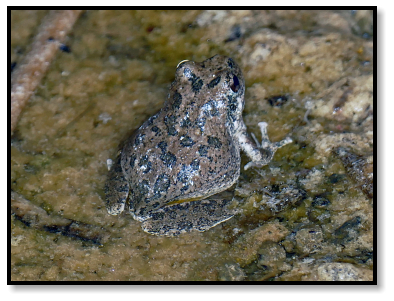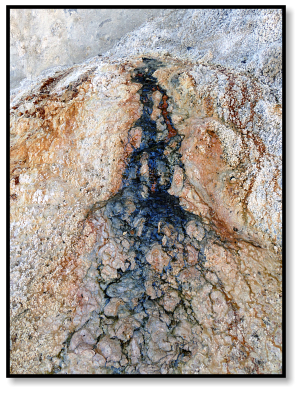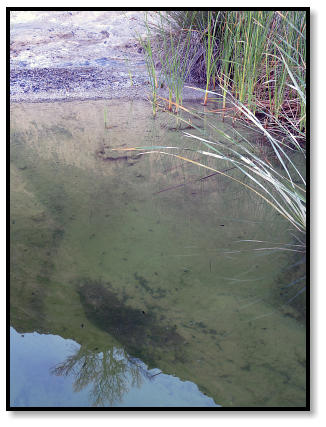

MEXICO/CALIFORNIA
May 2016

1 of 5


MEXICO/CALIFORNIA
May 2016


1 of 5
Trees! Grass! Flowers!
Thus began our trip to Baja by way of Southern California, two days of herping without the inconvenience of
herps. First it was the mountains to look for zonata, which we successfully managed to avoid.
And then to the hills for Gophers and helleri, exploring the chaparral unencumbered by snakes.
And, finally, canyons where we made certain to avoid confrontations with Boas.
Ah, herping. Feeling sorry for ourselves, Kevin and I are a little sorry-looking. At least Darin is a class act.
I first met Kevin and Darin during my California 2009 trip, when each of them graciously took me on herping
tours of SoCal. Then this year Kevin invited me and my brother, Ron, for our first-ever trip to Baja California, and it
was a welcome opportunity to reconnect with Darin as well.
Figured we’d get in a few days of local herping to warm up for the big trip, but instead we just cooled down.
Literally. Temps dropped below the cold-blooded comfort zone, and at night a steady wind scoured the roads free of
snakes. So it was cause for silly celebration when our hitless streak was finally broken by a couple of outliers who
ignored the unfavorable conditions.
OK, on to Baja.
Pre-dawn departure with Kevin and his friend, Don, driving south all day, then a left and a right, and we arrive
in the middle of nowhere. Coastal scrub gives way to inland desert, with slopes covered by strange vegetation I
haven’t seen before.
Spindly poles that resemble cactus are actually trees (called cirio in Spanish, and in English, Boojum, a type of
Snark) found virtually nowhere else outside of Baja. Another near endemic is the fat naked Elephant Tree, a semi-
succulent that stores water in its trunk.
It’s getting towards dusk, so time to start cruising. We wind a mountain road, hoping for a Rosy Boa, but all we
find are views. Which is still pretty nice, no matter what.
Next morning we break camp and explore a wash.
Scattered pools may have been left by rains, but cattails imply a more permanent water source, and mineral
stains suggest the possibility of seeps.
In any event, there are tadpoles, and that means frogs, which are always wondrous in the desert.
California Tree Frog
Pseudacris cadaverina
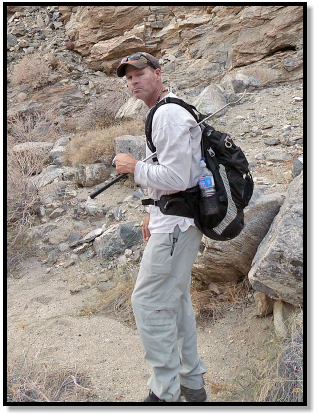

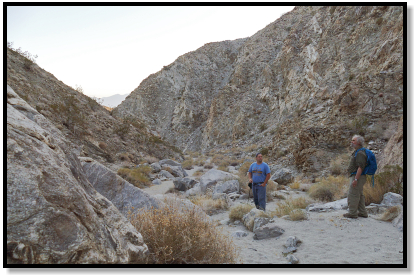
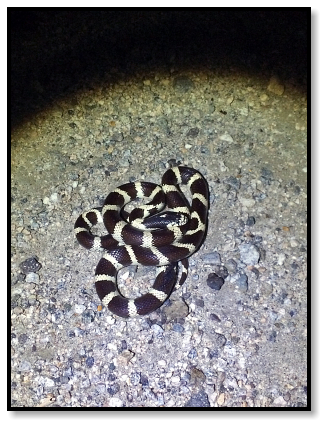
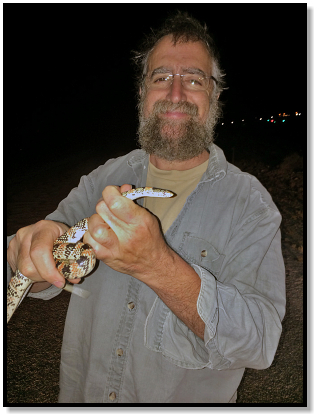
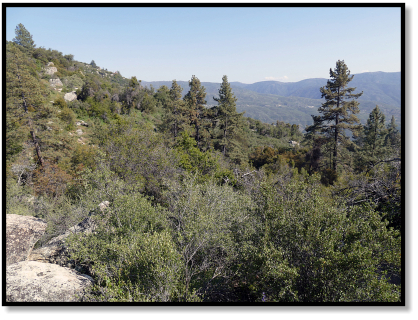
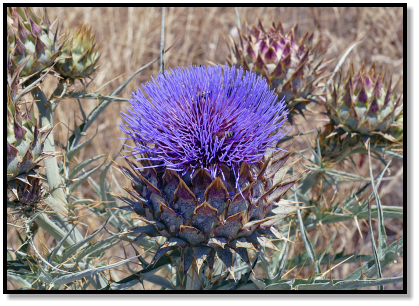
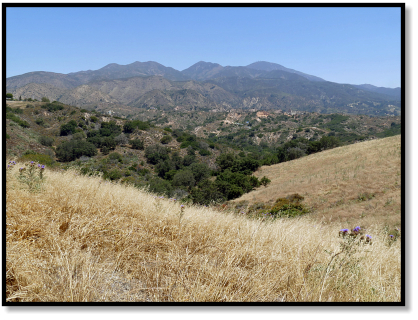
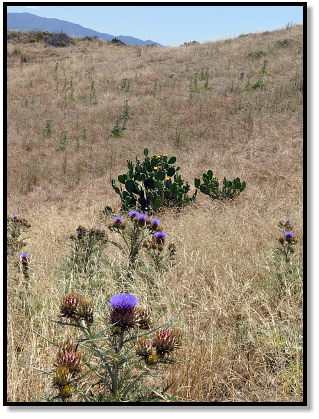
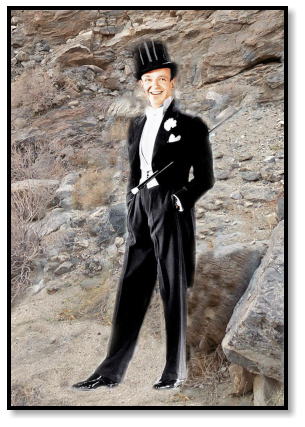
Long-nosed Snake
Rhinocheilus lecontei
California King Snake
Lampropeltis getula californiae
